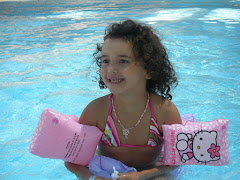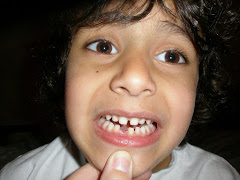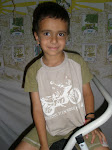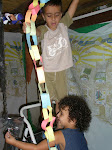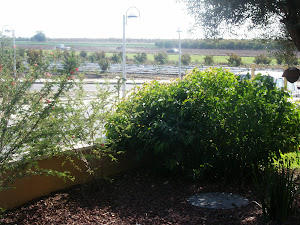It was 2am this morning and I couldn't sleep, again. The silence and solitude is all-consuming at that hour. Thoughts racing, and a thousand Blogs composing. The 'could haves', the 'would haves' and the 'should haves'.
I need words. I use words, I talk, I express, I analyse, I emote. This self-imposed black-out is good on one hand as I don't obsess too much, but on the other, I need this outlet, I need my words.
Now I play the waiting game, alone. Without my 'words' to help me through.
One of the 'could haves'(from the wee-hours this morning):
My parents always named things. Cute names were always thought up for new pets, new businesses (even if only in their minds), new ventures. That is their game. My mother had a pregnancy 'scare' when my brother and I were just pre-teens or somewhere around there. The possible unborn infant was duly named. If it was a boy it would be called Storm Keswick; and a girl, Jessica Wren. I spent hours, days, and maybe a week or two playing with my 'imaginery' sibling, dreaming up adventures, games, and fantasizing about the possibilities. She wasn't pregnant. And I was sad. They were so real to me. Even for that short time.
HYDROSALPINX INFORMATION
"Q: In which cases does removal of the fallopian tubes improve the outcome?
A: In recent years, impressive evidence has shown that hydrosalpinx (swollen fallopian tubes, filled with fluid) can reduce chances of implantation. It seems that the reason for this is that the fluid in the fallopian tubes contains inflammatory products that leak into the abdominal cavity and damage the embryo trying to implant itself in the endometrium. In cases of recurrent failure of IVF therapy, the condition of the fallopian tubes should always be assessed using a hysterosalpingogram and ultrasound scan. If the state of the fallopian tubes is very poorly, and might affect the implantation of the embryos, the benefit of their removal should be considered. The removal of oneor both fallopian tubes is performed by laparoscopy, where a laparoscope (a fine telescope) is inserted through an umbilical incision."









